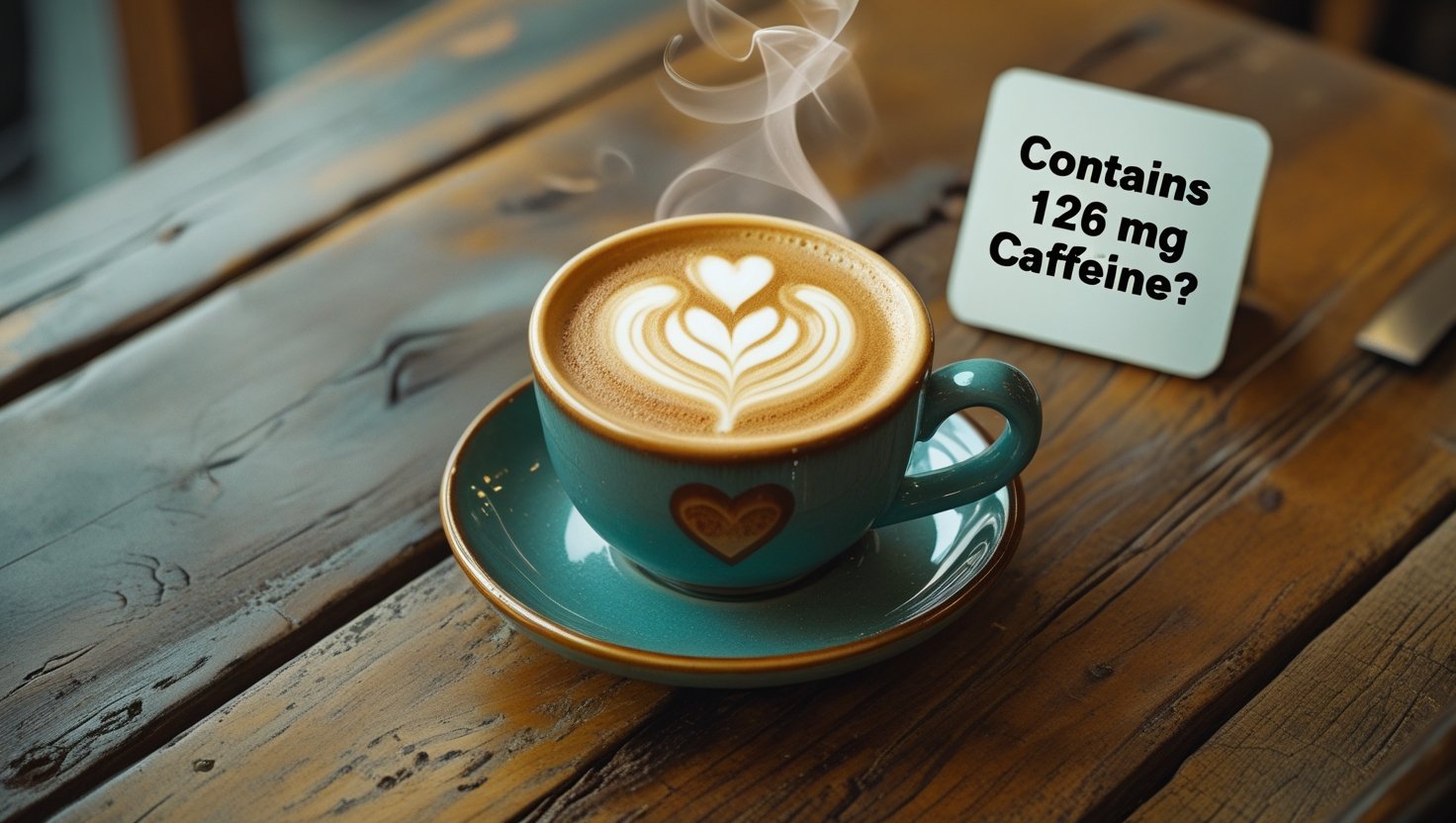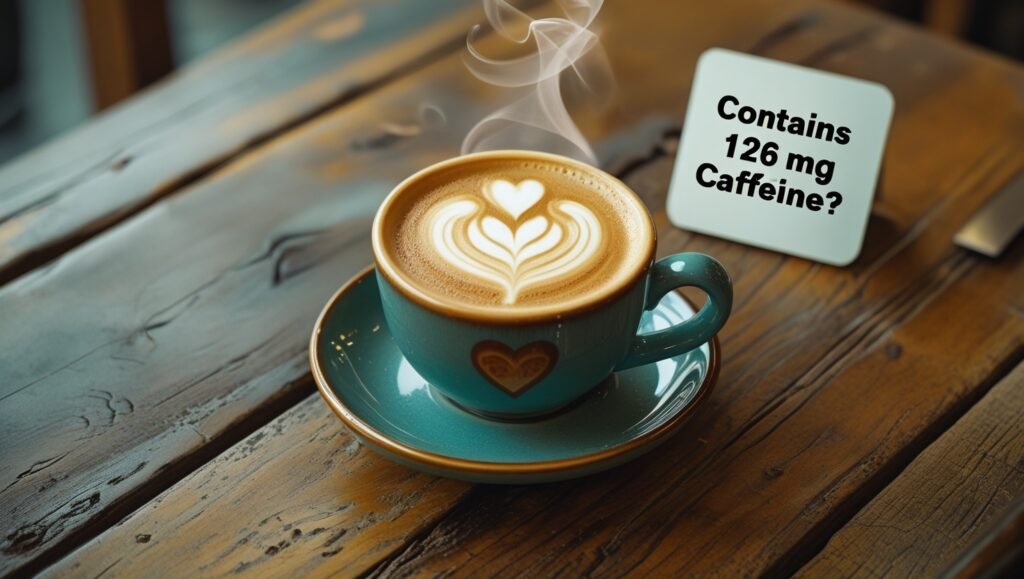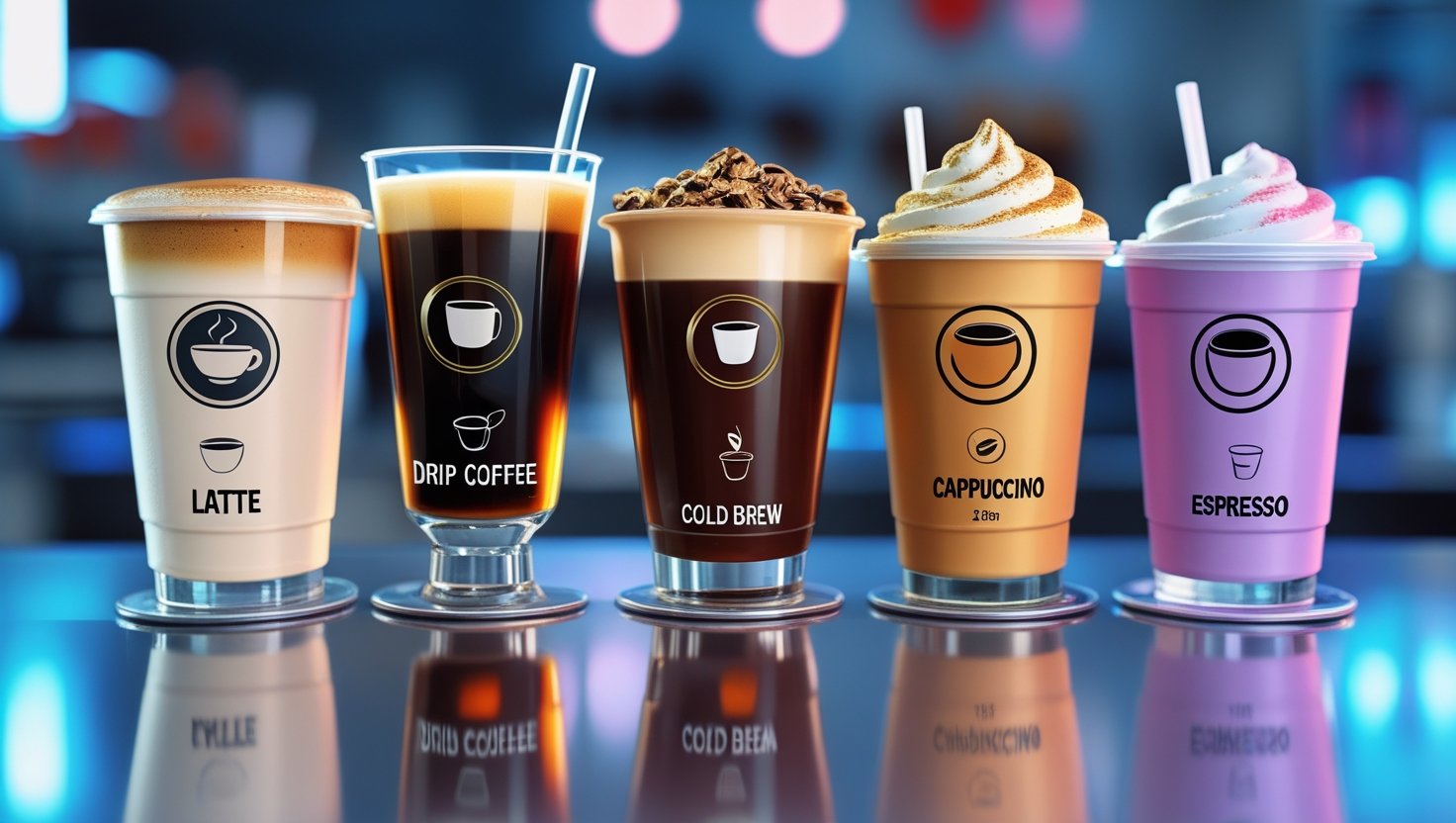Do Lattes Have Caffeine?
☕ A Latte for Her Nerves

When Kelly started a new job at a bustling advertising agency, she swore she’d keep her caffeine intake low. “No more triple espressos,” she told herself. On her second day, she ordered a vanilla latte instead—figuring it was mostly milk and harmless. But a few hours later, her hands were shaking, her focus slipping, and her heart felt like it was doing jazzercise in her chest.
Turns out, that creamy latte packed more caffeine than she expected.
If you’ve ever sipped a latte and wondered, “Is this really giving me a buzz?”, you’re not alone. The smooth milk and subtle flavor can make it hard to tell just how much energy you’re getting.
So—do lattes have caffeine? Let’s dive in.
What Is a Latte?
A latte, short for caffè latte, is a popular coffee beverage made with:
-
1–2 shots of espresso
-
Steamed milk
-
A thin layer of foam on top
The espresso base is where the caffeine hides.
How Much Caffeine Is in a Latte?
The caffeine in your latte depends on:
-
The number of espresso shots
-
The type of beans used
-
Whether it’s decaf or regular
Here’s a quick reference table:
| Latte Size | Espresso Shots | Caffeine (Approx.) |
|---|---|---|
| Small (8 oz) | 1 shot | ~63 mg |
| Medium (12 oz) | 2 shots | ~126 mg |
| Large (16 oz) | 2–3 shots | ~126–189 mg |
💡 Source: USDA Food Data Central & Starbucks nutritional info
So yes, lattes do have caffeine—and potentially a lot of it depending on how many shots you’re working with.
Comparing Lattes to Other Coffee Drinks
Let’s see how a latte stacks up next to other caffeinated favorites:
| Beverage | Serving Size | Caffeine |
|---|---|---|
| Espresso (1 shot) | 1 oz | 63 mg |
| Latte (12 oz) | 2 shots | 126 mg |
| Drip Coffee (12 oz) | 12 oz | 140–180 mg |
| Cold Brew (12 oz) | 12 oz | 150–250 mg |
| Cappuccino (8 oz) | 1 shot | 63 mg |
| Americano (12 oz) | 2 shots | 126 mg |
While a drip coffee might give you more caffeine overall, a latte delivers a solid punch, especially in larger sizes.
The Milk Myth: Does It Dilute the Caffeine?
Yes and no.
The milk in a latte doesn’t reduce the caffeine—it just masks the bitterness of the espresso. That’s why lattes feel “gentler” even though they have the same caffeine as a straight espresso or Americano.
It’s easy to drink more without realizing how much caffeine you’re consuming.
Variations That Affect Caffeine
1. Iced Lattes
Same caffeine as hot lattes—just served cold.
2. Flavored Lattes (Vanilla, Mocha, etc.)
Still the same caffeine plus sugar or chocolate, which can give a secondary energy boost.
3. Decaf Lattes
Decaf espresso contains 2–5 mg of caffeine per shot—not completely caffeine-free, but minimal.
4. Double or Triple Shots
Many baristas default to a double shot in medium or large lattes. Always ask if you’re unsure.
What About Plant-Based Lattes?
Swapping dairy for oat, almond, or soy milk doesn’t affect caffeine—it’s still the espresso that counts.
However, many plant milks have added sugar, which can amplify perceived energy.
Health Effects of Caffeine in Lattes
According to the FDA, up to 400 mg of caffeine per day is safe for most adults. That’s:
-
2 large lattes (with 2–3 shots each)
-
OR 4 small lattes
Too much caffeine can lead to:
-
Insomnia
-
Jitters
-
Anxiety
-
Rapid heart rate
-
Digestive issues
But in moderation, a latte is a great energy booster. It also contains calcium and protein (from the milk), making it more filling than black coffee.
☕ Fun Fact: A typical 12 oz latte has about 10–12 grams of protein if made with whole milk!
Cultural Latte Caffeine Myths
In many Western cultures, lattes are seen as weaker than black coffee. But globally, they’re respected for their balance.
In Italy, lattes are usually a morning drink, with espresso or macchiato preferred in the afternoon.
In the U.S., you’ll find people sipping venti lattes at all hours—often unaware of how many milligrams of caffeine they’re packing.
Coffea Alchemy and Smarter Sipping
At Coffea Alchemy, we help you become a more conscious coffee drinker. That starts with knowing what’s in your cup. Whether you’re brewing espresso at home or ordering from your favorite café, we break down what you need to know—like how much caffeine your latte contains—so you can enjoy your coffee without the crash.
Tips to Control Latte Caffeine
Want the flavor without too much stimulation? Try this:
-
Ask for half-caf (1 decaf shot + 1 regular shot)
-
Order a small instead of a large
-
Switch to decaf after 2 p.m.
-
Try a milk-forward drink like a cortado or flat white
Frequently Asked Questions
❓ Do Matcha Lattes Have Caffeine?
Yes. An 8 oz matcha latte has ~70 mg of caffeine.
❓ Does a Mocha Latte Have More Caffeine?
Slightly more—mocha contains chocolate, which adds ~10 mg of caffeine per drink.
❓ Is a Latte a Good Pre-Workout?
Yes, it can be. It offers caffeine plus protein and carbs from milk—a nice balanced energy boost.
Final Sip: Don’t Be Fooled by the Foam
Yes, lattes absolutely do contain caffeine. In fact, depending on size and espresso count, they may have just as much—or more—than regular coffee. The milk softens the taste but doesn’t change the facts.
So the next time you reach for your vanilla oat milk latte or that triple shot monster from your favorite café, ask yourself:
Do you know how much caffeine you’re really sipping?
Related Post
Our newsletter
Subscribe to our weekly newsletter & keep up with our latest recipes and organized workshops. You can unsubscribe at any time.


